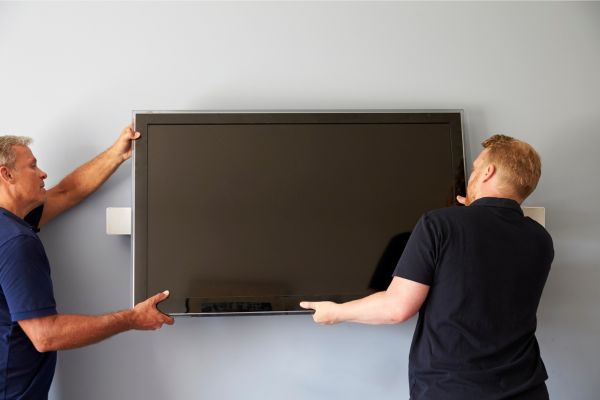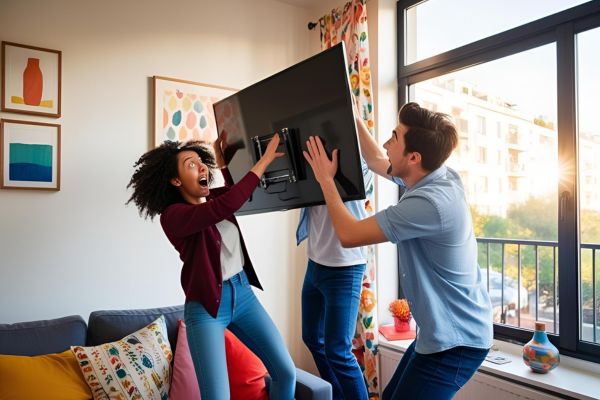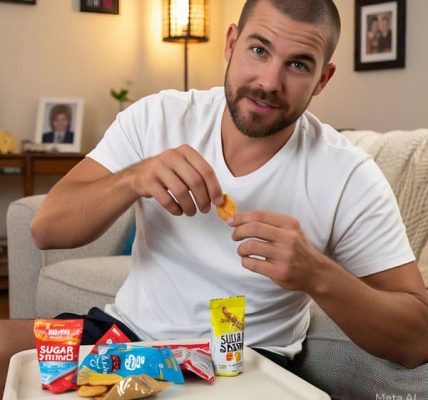I’ve seen it all when it comes to DIY TV mounting disasters. That moment when a £2,000 telly crashes to the floor because someone thought, “How hard could it be?” Well, pretty hard, actually. The true cost of amateur TV wall mounting goes WAY beyond just a broken screen – it’s about safety risks, hidden property damage, and the inevitable professional repair bills that follow.
Having mounted dozens of TVs myself (and fixed countless botched jobs), I can tell you that what seems like a simple weekend project can quickly turn into an expensive nightmare. So before you grab that drill and fancy yourself the next home improvement guru, let’s talk about what’s really at stake.

The Financial Fallout of DIY Gone Wrong
Let’s start with the obvious – your expensive TV. Modern flat screens aren’t just pricey; they’re fragile technological marvels. When an improperly mounted TV takes a tumble, you’re looking at complete replacement in most cases. That’s £500 to £3,000 gone in an instant.
But the expenses don’t stop at replacing your telly. There’s also the wall damage to consider. I once visited a client who’d attempted to mount their 65-inch OLED on a plasterboard wall with no stud support. Not only did the TV eventually crash down, but it took a significant chunk of their wall with it! The repair bill? Nearly £600 for plastering, painting, and fixing the electrical outlets that were damaged in the fall.
Then there’s the cost of calling in a professional to fix your mistakes. Most mounting services charge between £80-£150 for a standard installation, but correcting a botched job? That’ll cost you around £200-£300 because they’re dealing with pre-drilled holes, damaged fixtures, and potentially compromised wall integrity.
Safety Hazards You Hadn’t Considered
Money aside, the safety risks of improper TV mounting are genuinely frightening. A 55-inch TV weighs approximately 15-25 kg. Imagine that weight falling on a small child or pet. According to UK safety statistics, hundreds of injuries occur annually from falling furniture & electronics, with children under 10 being particularly vulnerable.
Electric shock risk is another serious concern. Amateur installers often don’t understand proper cable management or the importance of identifying electrical wiring in walls. I’ve seen horrifying examples of people drilling straight through mains cables — which can cause fires, power outages, or even fatal electrocution.
And don’t forget the ongoing safety worries. That improperly mounted TV might seem fine initially but could be slowly working loose with each adjustment or even from the vibrations of daily life. It’s like living with a ticking time bomb in your living room!

Common Amateur Mounting Errors
The most frequent mistake I see is using the wrong wall fixings. Different walls require different mounting hardware. Plasterboard needs special anchors or must be mounted to studs, while masonary walls need proper wall plugs & screws. Using standard screws in plasterboard is practically ASKING for disaster.
Incorrect bracket selection runs a close second. Not all TV brackets are created equal, & using one that’s not rated for your TV’s weight or size is dangerously common. I’ve literally seen people use a bracket designed for a 32″ TV to hold up a 65″ model — pure madness!
Height and positioning errors might not seem dangerous, but they cause real problems. TVs mounted too high cause neck strain and headaches, while poor viewing angles lead to picture quality issues that cant be fixed without remounting. Getting the ergonomics wrong means either living with daily discomfort or paying twice for installation.
The Hidden Damage to Your Property
What many DIYers dont realise is the potential for long-term structural damage. Improper drilling into load-bearing walls can compromise structural integrity, while hitting water pipes can cause catastrophic flooding. These are repairs that run into thousands, not hundreds.
There’s also the issue of creating thermal problems. TVs need adequate ventilation, but amateur installers often mount them too close to walls or inside recesses with poor airflow. This leads to overheating, which shortens your TV’s lifespan significantly — sometimes by years.
Another overlooked problem is cable damage. Rough handling during amateur installation can crimp or damage HDMI cables, power cords, and other connections. These issues might not be immediately apparent but will cause intermittent problems that are notoriously difficult to diagnose later.

Professional Installation: What You’re Actually Paying For
When you hire a professional installer for £100-£150, you’re not just paying for someone to drill a few holes. You’re paying for their knowledge of different wall types and appropriate mounting hardware. They’ll identify studs, joists, and hidden pipes or cables that amateur installers might miss.
You’re also paying for proper tools & equipment. Professional installers use stud finders, laser levels, specialised drill bits, and other tools that most homeowners don’t have lying around. These tools ensure precise, safe mounting that looks professionally finished.
Perhaps most importantly, you’re paying for insurance & guarantees. Reputable mounting services carry liability insurance, meaning if something does go wrong, you’re covered. Many also offer guarantees on their work — something you definitely don’t get with DIY efforts!
The Aesthetic Considerations
Beyond function & safety, there’s the simple matter of appearance. Amateur mounting jobs often look… well, amateur. Uneven placement, visible cables, and poorly patched drill holes all detract from the clean, sophisticated look most people want from their wall-mounted TV.
Cable management is an art that professionals have mastered. They can conceal power cables and HDMI connections inside walls (where building regulations permit) or use discreet cable channels that blend with your décor. The difference between trailing wires and invisible connections transforms the entire look of your room.
And let’s talk about the “future-proof factor.” Professional installers think about access for future connections, potential upgrades, and maintenance needs. They leave appropriate space and often install additional infrastructure that makes future changes simple rather than requiring complete remounting.
When DIY Actually Makes Sense
Despite all my warnings, there ARE situations where DIY mounting can be appropriate. If you’re mounting a small (32″ or under) TV on a solid masonary wall, using appropriate fixings, and have some basic DIY skills, the risks are significantly lower.
Similarly, if you have genuine experience with similar projects — perhaps you’ve successfully mounted TVs before or work in construction — you might have the necessary skills. Just be honest with yourself about your expertise level.
For those determined to DIY, investing in the right tools makes a huge difference. A quality stud finder, proper drill with masonry bits, cable detector, and spirit level are absolute minimums. And ALWAYS get a second person to help with the actual mounting process.
The Bottom Line
When you add up the potential costs — a replacement TV, wall repairs, subsequent professional installation, medical bills from injuries, & electrical repairs — amateur TV mounting can end up costing ten times what professional installation would have cost initially.
I’m not saying this to frighten anyone (ok, maybe a little), but because I’ve seen the consequences firsthand. Professional TV mounting is one of those services that seems expensive until you experience the alternative. Much like cheap parachutes or discount brain surgery, sometimes saving money upfront creates exponentially larger costs down the road.
If you do decide to tackle this project yourself, please research thoroughly, use proper equipment, & know when to call for help. Your TV, your walls, your family’s safety, and ultimately your wallet will thank you for making the right choice.




